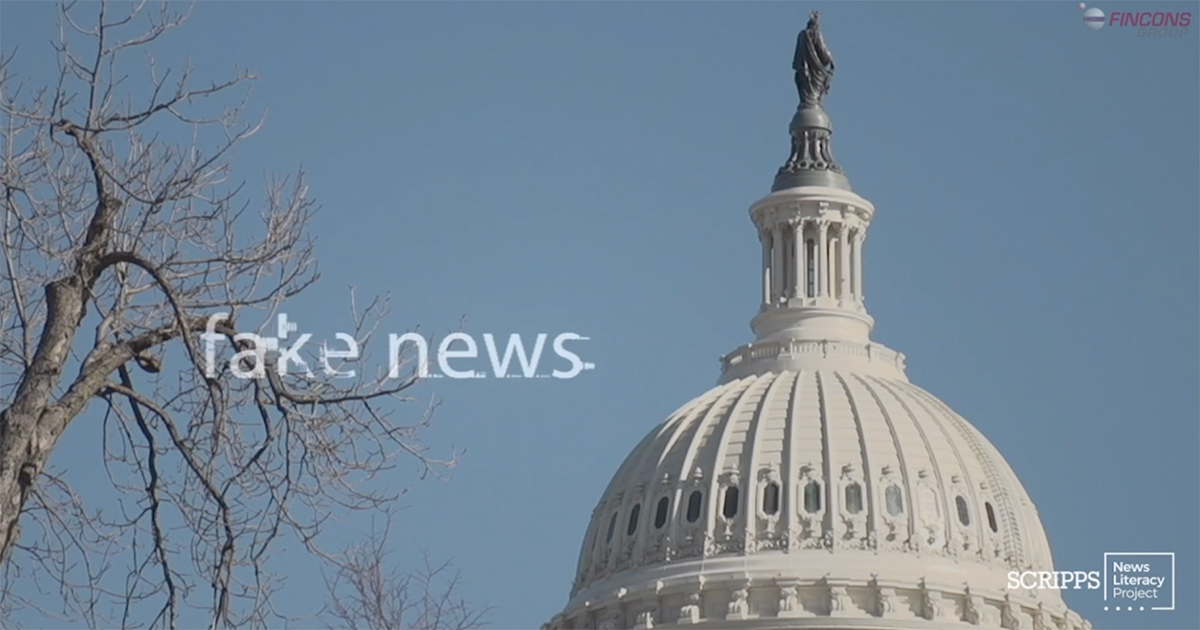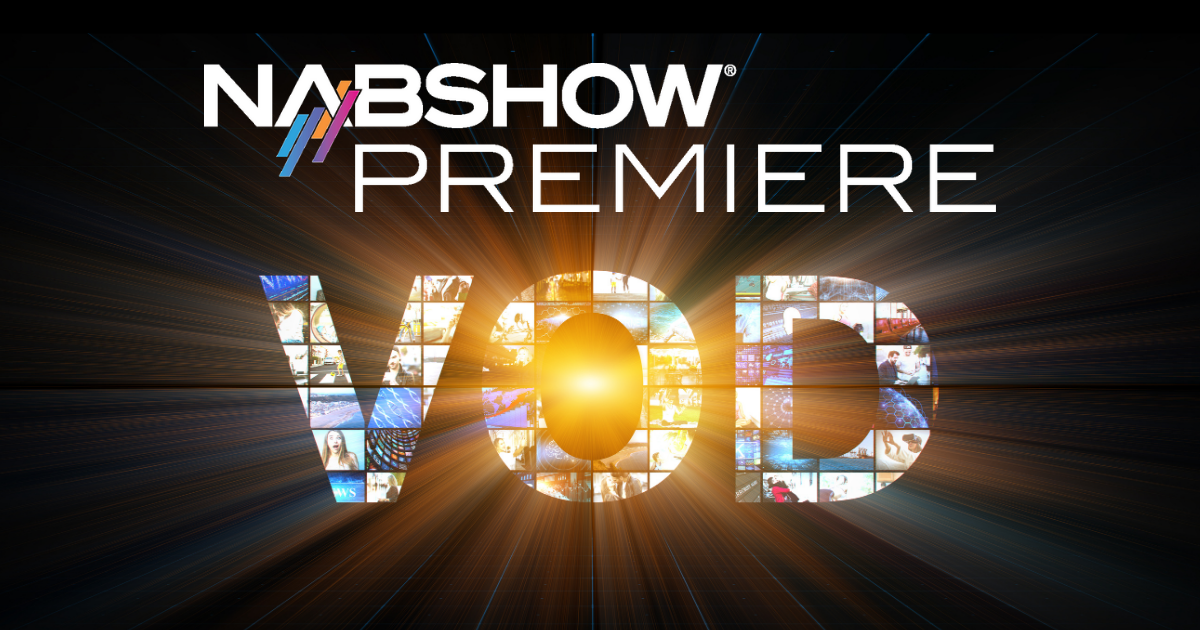
View the explanation and demo with the Scripps team here, and explore additional NAB Show Premiere sessions here.
Fake news has become weaponized in politics and spreads like wildfire on social media. Now local TV stations are fighting back with NextGen TV.
An astonishing 8.6 billion incidents of engagement with unreliable news occurred on social media in 2019 — doubling to a staggering 16.3 billion last year, per NewsGuard Analysis.
Not only is misinformation a risk to life, as in the Capitol riots, it is undermining the trusted relationship communities have with TV news.
EW Scripps is doing something about it. Its executives shared a demo of a News Literacy app it has built using ATSC 3.0 with NAB and viewable now at NAB Show Premiere, “How Newsrooms Can Engage Audiences With NextGen TV.”
Almost a quarter of US TV households are already in a market with a NextGen TV signal with many more launching this year.
NextGen TV allows broadcasters o to write and deliver their own application as part of their over-the-air communications. That’s because ATSC 3.0 is the world’s first terrestrial broadcast standard to use IP as its transport layer.
“Among other things this enables broadcasters to deliver content via broadcast as well as broadband,” explained Sam Matheny CTO NAB. “A NextGen compatible TV set can then combine these into a personalized experience. The apps are written in HTML 5, more commonly associated with authoring in web browser, but NextGen means audiences can think of their entire TV screen as a web browser.
“They will have the opportunity to either lean back and be informed as always or lean in and engage further,” he said.
Using ATSC 3.0, EW Scripps with consultant and integrator Fincons Group has developed a broadcast app for news literacy to help people recognize false news. It uses interactive features such as polls and quizzes to encourage viewers to engage with news stories in real time. Viewers participate via their remote control or app on their smartphone.

Elen Weiss, Washington Bureau chief for EW Scripps, said, “News literacy is a fundamental life skill. It teaches us that all communication is not created equal. News literacy is about enabling citizens to be active in our democracy by providing the tools to determine what news to trust, to share and what information to act on. The public is being assaulted with lots of information that might be seen as credible only because bad information is masked.”
Unmasking fake news is part of the pact that broadcasters have with their audience.
“We want to create a better source of trust and say to consumer that when you watch something from Scripps these are the facts, here is the background and here are our sources. We want to be able to push forward fact-based reporting and this tech enables us to do that.”
— Sean McGarvy, Scripps
“We want to create a better source of trust and say to consumer that when you watch something from Scripps these are the facts, here is the background and here are our sources,” said Sean McGarvy, senior director content strategy at Scripps. “We want to be able to push forward fact-based reporting and this tech enables us to do that.”
While some people either don’t care or willfully seek out the news that just matches their existing opinions, many other citizens do care about the veracity of their information.
“It’s about empowering the audience to get more information so they don’t have to shop around for multiple sources,” McGarvy argued. “If we package it correctly, they will have all the information they need. We want to use NextGen to continue to give audiences the big picture as well as granular perspectives on an event.”
For example, a Tweet from January 5th, the day before the Capitol riots, depicted large crowds rallying ahead of the Save America March. Is it true or false? the Scripps app asks. Turns out to be false with the picture actually taken from a rally in 2018.
Another example: a picture of soldiers sleeping on the floor of the Capitol building was misreported on social and shared thousands of times, as showing dozens of military dead.
In theory, each time such an article appears the Scripps app places a red marker indicating whether the source can be trusted or not.
Scripps is said to have “a conservative and a liberal CEO to ensure stories are not biased.”
“This is opening up our notebooks to share where we got the information,” said Weiss. “At the same time, we don’t want to overwhelm viewers with information either. We will experiment with what the tolerance is and how our newsroom staff are capable of mounting this kind of effort. It will take more people to make this kind of reporting available.”
With news rooms under massive pressure to reduce staff counts, that the new interactive app requires more time and effort of the journalists, producers and tech teams will see such engagement limited to certain events, rather than spread across all newscasts.
“We can take the same tech team familiar with Javascript and HTML and OTT and apply them directly to NextGen TV. There is no need to ramp up new skills,” said Bryan Dunbar, CTO. “We don’t generally work that directly with the newsrooms but we may have to now and build some new tools that news teams can customize with our help to get a specific point across.”




